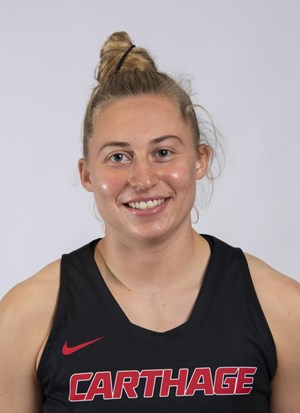Celebration of Scholars
#46: The Effects of Unstructured Active Recovery Period on Physical Performance
 Name:
Lauren Herrmann
Name:
Lauren Herrmann
Major: Exercise and Sport Science
Hometown: Hampshire, IL
Faculty Sponsor: Tony Pustina
Other Sponsors:
Type of research: Senior thesis
Abstract
The Effects of Unstructured Active Recovery Period on Physical PerformanceWhen the season ends athletes need time off from their sport to recover (physically, psychologically, mentally, etc.). However, too much recovery might lead to a loss of physical fitness. The purpose of this study was to determine the effect of an unstructured active recovery period (25 days) on physical performance. Six female basketball athletes were recruited for this study. Athletes completed a physical performance assessment four days after the end of their season and repeated the tests 25 days after the unstructured active recovery period. Tests included static, countermovement, and one-step approach vertical jump tests, and a half-court sprint test. Paired Samples T-test were used to determine if significant differences existed between pre and post-testing. Cohen’s d was used to determine the magnitude of change between pre and post. No statistically significant differences were found. However, a moderate decrease in sprint performance was observed (d=0.81). It appears that little fitness will be lost if a coach allows athletes to take 25 days off from their sport.
Submit date: April 1, 2022, 9:18 a.m.
